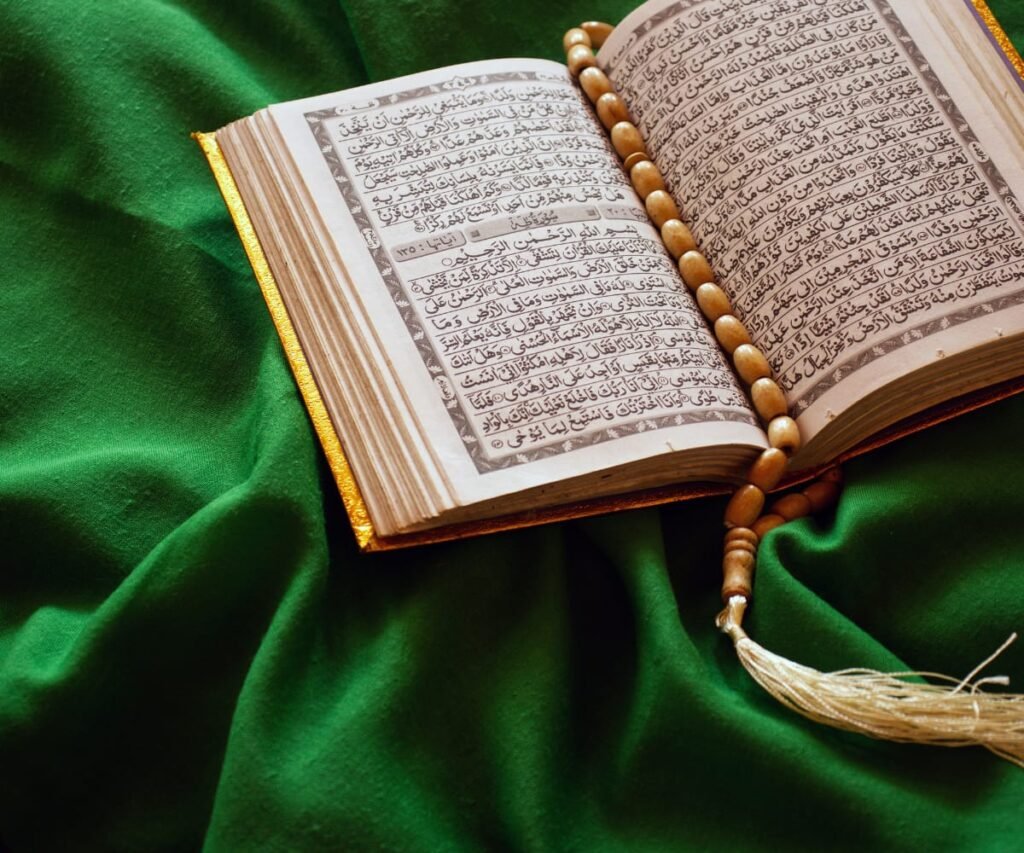This creative, cultural,and spiritually so deep, Islamic architecture stands from centuries, across different continents; it built beautiful buildings meant to speak. Starting with the massive domes found in the mosques down to the wall patterns in more detail, Islamic architecture has such an irresistible beauty in its very art form.

Beauty Combined With Purpose
One of the special things about Islamic architecture is how it combines beauty with purpose. Buildings are not just practical but also connect a person to God. For instance, mosques are meant to be used for prayers and gathering while looking beautiful. Domes, minarets, and courtyards help add beauty and utility to these holy places.
Some of the key features of Islamic architecture include:
Geometric Patterns: These intricate patterns display the Islamic emphasis on order, unity, and the infiniteness of Allah.
Calligraphy: Arabic calligraphy containing Quranic verses adorns the walls, domes, and arches, giving it a spiritual feel.
Domes and Arches: Domes and arches not only look aesthetically pleasing but also display the prowess of advanced engineering.
Mihrab and Minbar: The mihrab is pointing towards Mecca, and minbar is used for sermon delivery in mosques, thus proving their religious purpose.
Light and Water: Architects incorporate light and water to make it a peaceful and reflective space. Courtyards with fountains and designs that allow light in add to the calm atmosphere.
Famous Examples of Islamic Architecture
Some of the best examples of Islamic architecture can be seen all over the world:
The Alhambra (Spain): Famous for its beautiful tiles and carvings, this palace is a masterpiece of Islamic art.
The Great Mosque of Kairouan in Tunisia: This is one of the oldest mosques, showcasing early Islamic design.
Taj Mahal in India: A marble building that represents love and is a blend of Persian, Ottoman, and Indian styles.
Sultan Ahmed Mosque in Turkey: The Blue Mosque, which stands out with its domes and interior tilework.
Islamic Architecture Today
Modern designs are still influenced by the ideas of Islamic architecture. Architects use its focus on symmetry, sustainability, and cultural identity in new ways. You can see how this art is still important through the Islamic-inspired designs that are seen in public buildings, museums, and even homes.
Conclusion
Islamic architecture is more than just a building style; it’s a way to express faith, culture, and creativity. Its patterns, calligraphy, and domes inspire people even today. Islamic architecture is a timeless art that continues to amaze and influence the world.
Discover the rich history of Islamic architecture and see how this beautiful art still shapes our surroundings